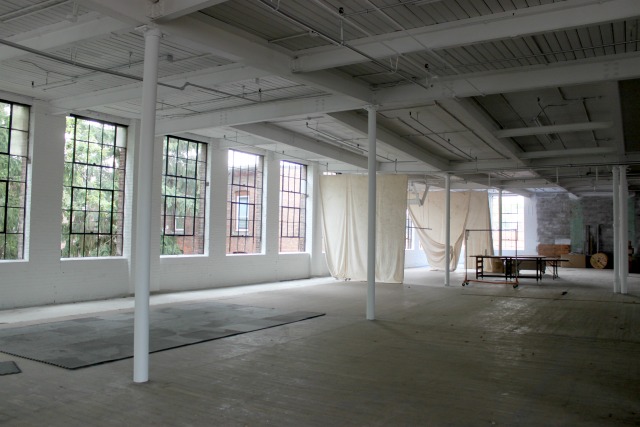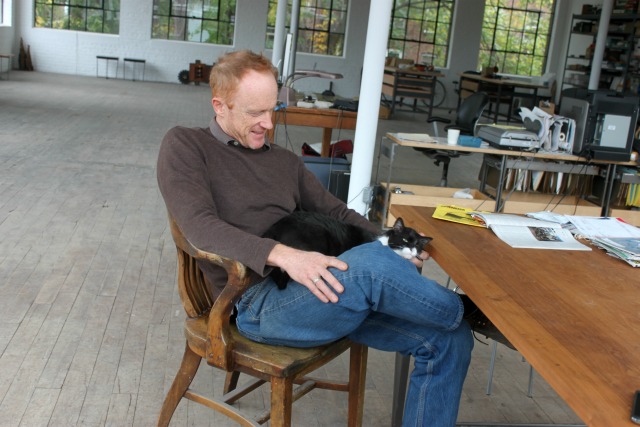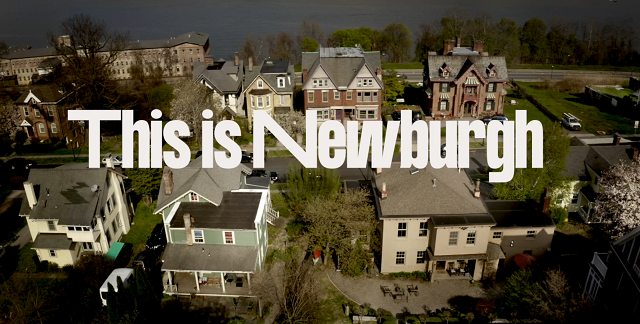In an old hand clutch factory 55 miles north of the George Washington Bridge in the City of Newburgh, NY lies the office and workshop of Atlas Industries, a high-end furniture maker known for its modular modern furniture crafted from Walnut, Maple, and other woods.
Until a year ago, Atlas was located in a 6,000 square foot workspace in Brooklyn. They made the move upstate when they found a 55,000 square foot building on Newburgh’s Spring Street that allowed them to expand their space to 14,000 square feet and use the rest to expand into new lines of business. Plans are under way to start renting spaces to other businesses and also open an art gallery in the coming year.
Although operating in the smaller Brooklyn space kept costs down, it was also constraining. In Brooklyn they performed multiple tasks in a single space. They often had to break down and move things to be able to work. Now, in their new building they have dedicated space for specific tasks and there is room for additional woodworking machinery, which is expected to help grow their core business.

Thomas Wright, one of Atlas’s principals, says the move to Newburgh was a nice “downshift” too. His crew is able to spend less effort on lower value, day to day operations. For example, in Brooklyn, they had to make sure no one was parked in their driveway, stop traffic and unload boxes by hand onto the sidewalk. Now, they have three loading docks on their property.
Wright says his office is also an amazing place to watch the snow fall, and his cat seems happier too.

Thomas Wright, one of the founders of Atlas Industries, in his furniture design warehouse.
Wright is not ignorant to Newburgh’s woes. However, he thinks that the negative perception of Newburgh does not reflect the reality that he has seen — and he says he has not encountered any problems. He likens moving his business to Newburgh to the challenges presented by moving to neighborhoods like the Lower East Side, Red Hook, or Williamsburg before they developed. And like others that made the move to developing locations early, he got a larger, more affordable place to run his business that enabled him to try new things, like opening an art gallery and becoming a landlord.
To learn more about Newburgh, check out “The River of Opportunities – the City of Newburgh” website.







